Two huge bombers are coming soon to the Wings of Glory WW1 game: the heavy bombers Handley-Page O/400 and Zeppelin Staaken R.VI. To release these big and complex airplane models, a crowdfunding project is currently running on Kickstarter until April 2nd. Let’s learn more about them, starting with the Handley-Page O/400, the largest aircraft in the UK at the end of WW1.
The Handley-Page O/400 was an improved variant of the O/100. The O/100 started to be developed in late 1914 to address the requests of Captain Murray Sueter, head of the Air Department at the Admiralty, who asked for "a bloody paralyser of an aircraft" for long-range bombing. It was a large multi-bay twin-engine bomber, with a wingspan of 100 feet (30.48m). Powered by two 250 hp Rolls Royce Eagle II, it reached 85 mph (137 km/h) at sea level. The wings were designed to fold back against the fuselage so the aircraft could be stored in standard hangars. Its first flight was in December 1915 and it entered service in late 1916, making its first bombing attack in March 1917.
A total of 46 Handley-Page O/100 were built (four prototypes and 42 production aircraft), and equipped five Royal Navy Air Service squadrons. It was superseded by the Type O/400, fitted with more powerful engines - two Rolls-Royce 360 hp Eagle VIII engines, a larger fuel tank, and capacity of carrying more bombs. It had better aerodynamics, reaching a top speed of 97 mph, and could spend eight hours in the air.
The O/400 carried a crew of 4/5, with an ordnance capacity of up to 2000 lbs of bombs - 112 lb or 250 lb bombs carried within the fuselage with two additional bombs carried on external bomb racks, or a single 1,650 lb bomb. The O/400 was fitted with an early bomb aimer – the Drift Sight Mark 1A. For defense, it was armed with five Lewis machine guns; two at the front of the aircraft, two defending the rear, while one other defended the sides.
The Handley-Page O/400 first flew in September 1917, and started to be delivered in early 1918, entering service by April that year. A total of 10 RAF squadrons were equipped with the Handley-Page O/400 - over 400 were delivered to the Royal Air Force before the November 1918 Armistice. The bomber was used in support of ground forces on the Western Front and became the principal heavy bomber used by the RAF at the end of the war, with up to 40 O/400’s taking part in raids on industrial or transport installations deep into the enemy territory.
The Handley-Page O/400 was one of the aircraft types employed by the Independent Air Force (IAF), also known as the Independent Force or the Independent Bombing Force. This World War I strategic bombing force was part of the Royal Air Force and was used to strike against German railways, aerodromes, and industrial centres without co-ordination with the Army or Navy.
The furthest target from their bases was Mannheim, a city hosting chemical industries such as BASF, an important port on the Rhine, and more. Mannheim was the target of multiple bombings and one of the main targets for the Handley-Page - that’s why it inspired the "Industrial Complex" game mat to be featured with the Handley-Page O/400 Special Packs in Wings of Glory.
By the end of the war, the RAF had 259 O/400s in service and continued to fly some of them until 1920. The Australian Flying Corps operated one O/400 in the Middle East Air Force and, post-war, 6 bombers were sold as transports to China, with India and Poland taking one each.
The Handley-Page O/400 will be presented in WW1 Wings of Glory in two versions: a Royal Navy Air Service version, and an RAF bomber.
Information sources: "Handley Page Bomber". HistoryLearningSite.co.uk. 2014, Tangmere Museum, RAF Museum, The Aerodrome, Wikipedia, London Gazette.

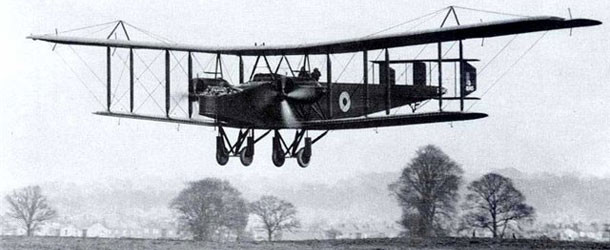
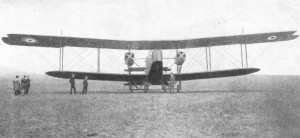
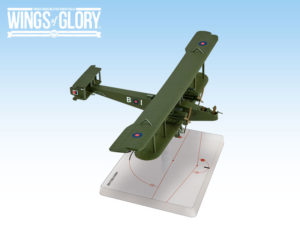
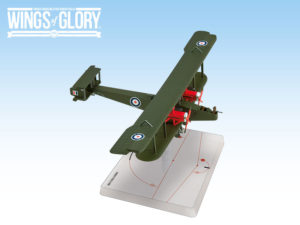
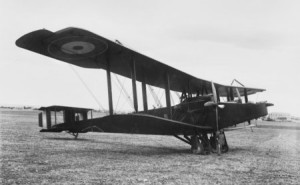
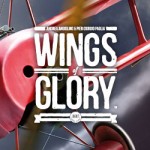


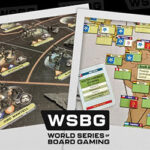



Follow Us on